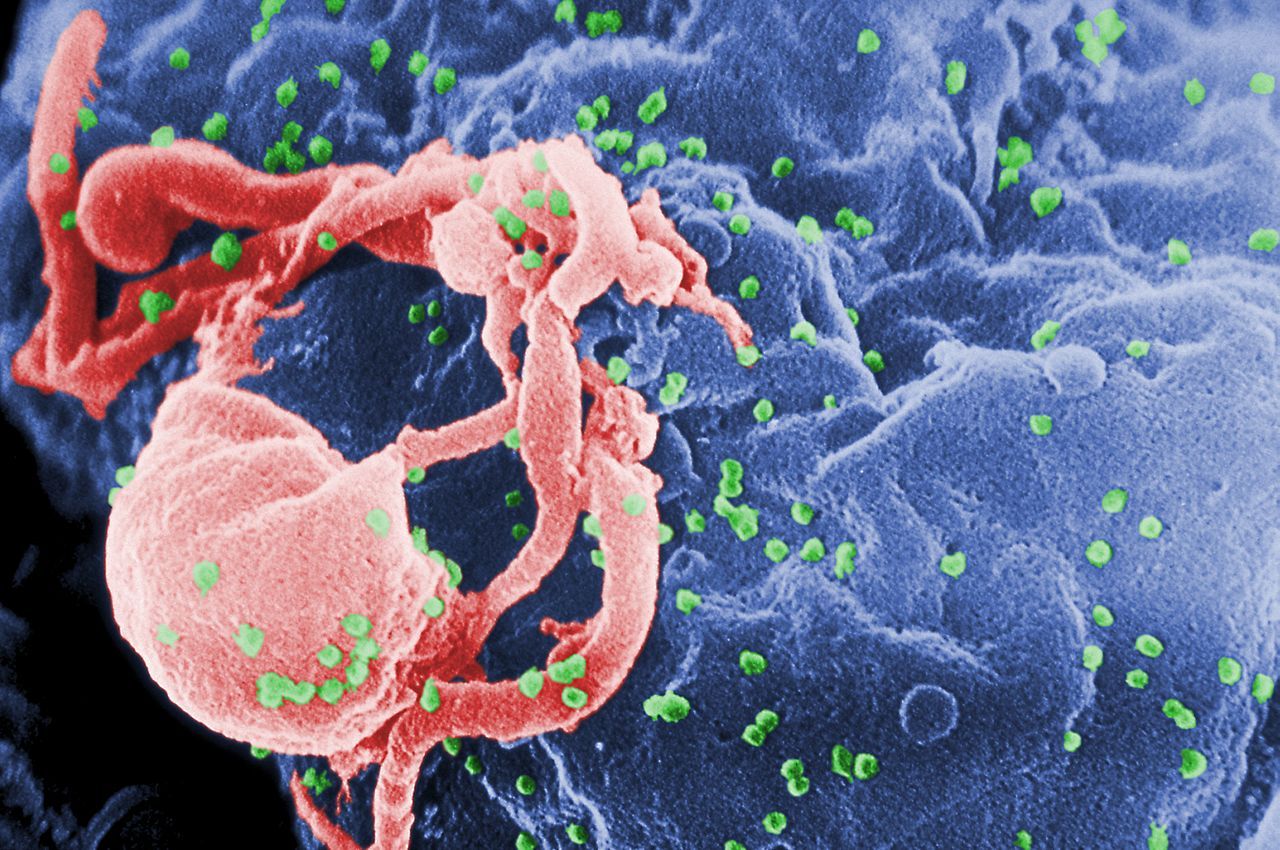Article
Single Value of HIV Overvalues Viral Suppression
Author(s):
A single measurement of viral load is not enough to determine durable viral suppression in HIV patients.

HIV viral suppression in a single value (viral load of <200 copies/mL over the last 12 months, durable viral suppression) is not enough to identify patients who may later become able to transmit the infection to others, according to a study.
The study, done by Nicole Crepaz, PhD, a behavioral scientist at the Centers for Disease Control and Prevention’s (CDC) Division of HIV/AIDS Prevention in Atlanta, and colleagues, examined National HIV Surveillance System data for 630,965 individuals with HIV.
The population was diagnosed through 2016, with 4.2% being diagnosed in 2013. Drawn from 33 areas, the median time between 2013 and the patient diagnosis was 11 years for the population, and patients survived through 2014. CD4+ count was taken into consideration.
“The most common measure of HIV suppression in clinical and surveillance studies is whether a patient's most recent viral load was less than 200 copies/mL during the preceding 12 months,” Crepaz and colleagues wrote. “This single-value measure provides only a snapshot of suppression status and does not capture changes in viral load over time. Persons who are suppressed according to their most recent viral load measurement may still transmit HIV if their suppression status changes.”
Patients with a final viral load in 2014 of fewer than 200 copies/mL, patients with 200 copies/mL or more (no viral suppression), and copy-year, which identifies viremia in relation to HIV exposure over time, were all recorded.
A previous study of 265,264 patients found that two-thirds of patients had achieved durable viral suppression in their viral load of 2012, but that one-third maintained a high viral load, highlighting the requirement for HIV infected patients to continue treatment.
Of those infected in 2014, the authors found that 57.3% had a suppressed viral load on their most recent test and 47.6% had durable viral suppression over the course of the year. However, 8.1% never attained viral suppression (51,114 patients).
The 8.1% had an average of 17,530 copy-years of viremia. The authors noted that 56.3% (28,765 patients) of that 8.1% had undergone 2 or more tests for viral load in 2014 — meaning they were under care – and had a 21,387 copy-years average.
“Longitudinal viral suppression is more important than suppression at a single time point for public health and individual outcomes,” Carlos del Rio, MD, is Hubert Professor and Chair of the Hubert Department of Global Health, Rollins School of Public Health at Emory University, and Co-Director of the Emory Center of AIDS Research, wrote in an analysis of the study. “Efforts should be made to move away from single measurements, which provide only a snapshot of viral suppression and overestimate the proportion of individuals who are virally suppressed”
According to the findings, younger people, African-Americans, women, and patients who contracted HIV from other than male-to-male transmission were the most likely to not gain durable suppression, nor achieve viral suppression, on their most recent examination.
The study concluded that despite receiving regular treatment for HIV infection, many patients still do not have viral loads considered suppressed. There remains an increased need for patients to receive treatment, and a single viral load measurement overestimates the amount of HIV patients that have attained durable viral suppression.
Related Coverage
FMT for Pediatric C. difficile Proves Effective
Researchers Find Algorithm for Earlier Detection of Influenza Episodes
2 Commerce Drive
Cranbury, NJ 08512
All rights reserved.



